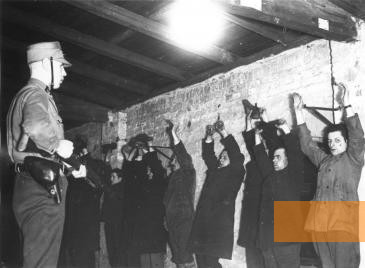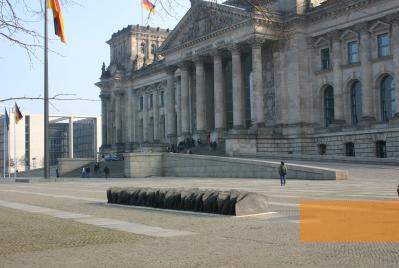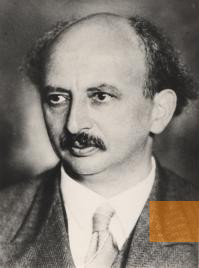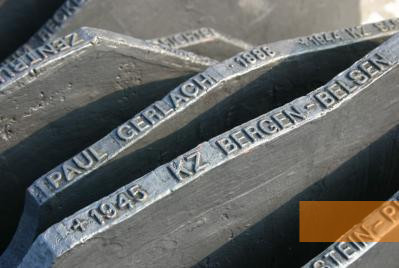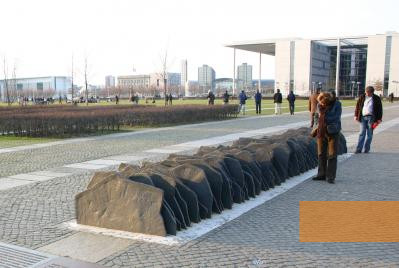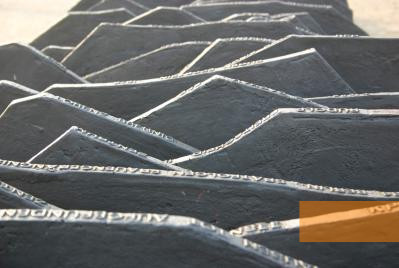A memorial in front of the Reichstag building honours the 96 members of parliament who fell victim to National Socialist persecution.
On the night of February 27/28, 1933, a few days before elections to the Reichstag, the Reichstag building was set on fire. Dutch leftist anarchist Marinus van der Lubbe was arrested at the crime scene and he confessed the arson attack. Already a few hours later, the National Socialists announced that the arson attack had been a communist conspiracy. In reaction, the Reich government led by Adolf Hitler jointly issued a decree with Reich President Paul von Hindenburg: the »Order of the Reich President for the Protection of People and State«. Commonly known as the »Reichstag Fire Decree«, it undermined the democratic constitution of the Weimar Republic. The government was now authorised to repress freedom of speech, freedom of association and the right to assemble. The persecution of political opponents could thus be carried out in the guise of legality. The decree also provided the legal basis for nullifying the mandates of communist members of the new Reichstag within a few days of the elections. In the months that followed, the SA and auxiliary police, later the SS and the Gestapo, persecuted political opponents of the National Socialist regime. Between March and April 1933 alone, over 45,000 women and men were taken in so-called protective custody and incarcerated in prisons and newly established concentration camps, where they were interrogated and brutally abused. Many communists, social democrats and leftist intellectuals died of the abuse or were deliberately murdered.
The National Socialists never succeeded in proving in court that there had been a communist conspiracy behind the Reichstag fire.
The National Socialists never succeeded in proving in court that there had been a communist conspiracy behind the Reichstag fire.
The names of 96 members of the Reichstag who perished between 1933 and 1945 are known: they died of the effects of incarceration or were murdered under the National Socialist regime.
At the end of the 1980s, the »Perspektive Berlin« association came up with the initiative of setting up a memorial to the murdered members of the Reichstag. The memorial, which was erected in September 1992, was designed by Dieter Appelt, Klaus W. Eisenlohr, Justus Müller and Christian Zwirner. It consists of 96 cast iron plates, which have been lined up upright. Engraved on the edges of the plates are the names, birth and death dates as well as places of death of the individual members of the Reichstag. The memorial can be extended should new names of murdered members of parliament come to light.
The murdered members of the Reichstag are also commemorated downstairs in the Reichstag building: in the »Archive of the German Delegates« by French artist Christian Boltanski. It consists of 5,000 stacked metal boxes, and each one bears the name of a member of parliament between 1919 and 1999. The boxes bearing names of murdered members of the Reichstag have been marked with a black stripe.
The murdered members of the Reichstag are also commemorated downstairs in the Reichstag building: in the »Archive of the German Delegates« by French artist Christian Boltanski. It consists of 5,000 stacked metal boxes, and each one bears the name of a member of parliament between 1919 and 1999. The boxes bearing names of murdered members of the Reichstag have been marked with a black stripe.
- Name
- Mahnmal zur Erinnerung an die ermordeten Reichstagsabgeordneten
- Address
-
Platz der Republik/Scheidemannstraße
10557 Berlin - Open
- The memorial is accessible at all times.


